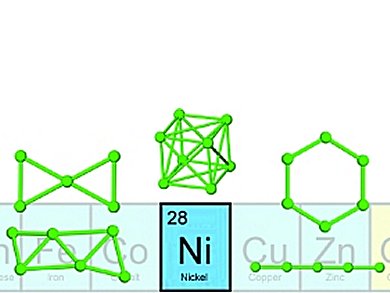Databases make it easier to navigate through an increasingly vast amount of information to access a specific search result. The usefulness of a database depends on the types of search parameters available. For example, the CCDC (The Cambridge Crystallographic Database) and ICSD (Inorganic Crystal Structure Database) are the most comprehensive and well known collections of crystal structures. However, these databases do not satisfy the needs of modern researchers in the field of materials science completely, as they cannot be searched according to structural units or skeletons of polynuclear complex groups. Especially 0D polynuclear compounds seem to be neglected in terms of their classification according to their topological properties.
George Kostakis and co-workers, University of Karlsruhe Institute of Technology (KIT), Germany, developed a method to analyze and describe the topology of 0D polynuclear compounds. They came up with an alternative method of enumerating and classifying compounds containing metal–metal bonds. As a working example, they created a database of polynuclear nickel compounds that can be searched by cluster topological symbol and nuclearity. The compounds can be represented in the pdb (Protein Data Bank) file format and can be visualized with free graphics programs such as Mercury. This is very helpful in avoiding confusion by the complexity and variety of high-nuclearity species.
The database can be extended to include polynuclear compounds of other metals. The possibility of searching by topological motif enables scientists to concentrate on a certain topology.
- A Database of Topological Representations of Polynuclear Nickel Compounds,
Paul Wix, George E. Kostakis, Vladislav A. Blatov, Davide M. Proserpio, Spyros P. Perlepes, Annie K. Powell,
Eur. J. Inorg. Chem. 2013.
DOI: 10.1002/ejic.201201348




